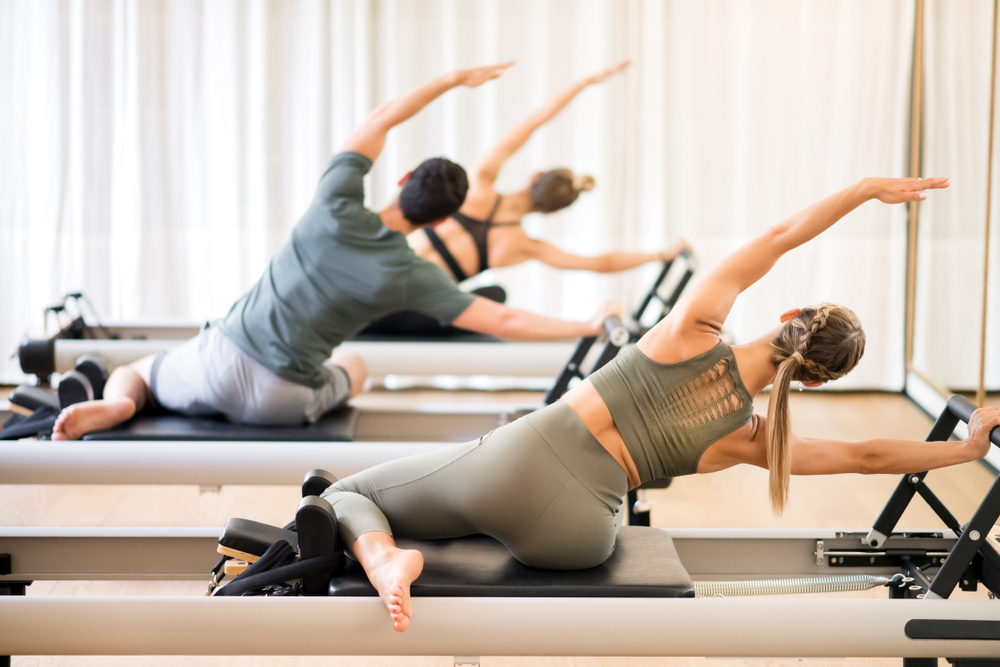By Lisbeth Hoyt PT, DPT, CSCS
Postpartum recovery is tough, there’s no sugar coating it. Figuring out an exercise routine, in whatever time you have and what your body is ready for is equally challenging. One of the most consistent things I did postpartum was pilates, either in a studio reformer class or on my own at home. Why is Pilates good for postpartum? In a previous blog, I talked about how important strength training is as part of your postpartum recovery. Pilates is a great option for kicking off your postpartum strength plan when you’ve been cleared to workout.
What is Pilates?
So what is Pilates? As per the dictionary pilates is “an exercise regimen that is typically performed on a floor mat or with the use of specialized apparatus and aims to improve flexibility and stability by strengthening the muscles and especially the torso-stabilizing muscles of the abdomen and lower back”. However if you’ve ever taken a Pilates class before, you know there is a huge range of what a class entails and a big difference between the mat and reformer.
Even if you aren’t postpartum, Pilates is a great way for runners to address their core stability and pelvic floor strength in a low impact way. Almost every Pilates class, whether on the mat or a reformer, will begin with mindful breathing and connection to your core. This is especially important after pregnancy since your abdominal muscles just spent months separating to accommodate your growing baby. Diastasis recti, a separation of your abdominal muscle, and pelvic floor dysfunction are more common than not postpartum. Diastasis usually won’t just go away on its own and, if not addressed, can lead to other issues later on when you return to running or with subsequent pregnancy. Pilates addresses your deep core muscles (the ones that are underneath your 6 pack muscle) to rebuild your support system from the deepest level.
Your core in pilates includes more than just your abdominal muscles.
Your glutes and low back are also part of your core (sound like something runners should work on?) This article takes some moves you may find in a traditional mat Pilates class and gives you a home version to try. If you’re new to pilates however, I recommend starting with in person classes to have the benefit of corrections from an instructor. I found Pilates to be so helpful postpartum I recently became certified as a classic Pilates mat instructor. While you won’t find me teaching in the studio (just yet) come see me at Custom Performance in NYC if you’re interested in adding pilates to your workout routine!
By Lisbeth Hoyt PT, DPT, CSCS

